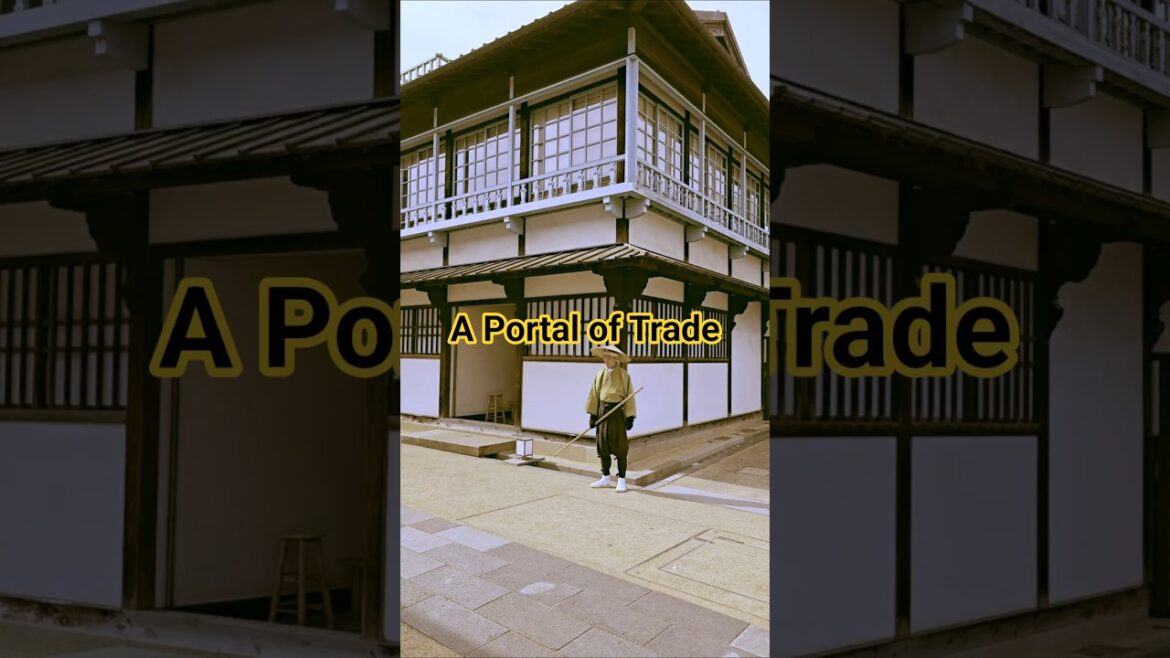A Portal of Trade During Japan’s Isolation (1603 ~ 1868) #japan #travel #globaltrade
In June 1598, the Dutch ship Lifa departed from Roderdam, enduring a 22-month voyage to finally make landfall in Japan in April 1600. This exhibition at the former Dutch trading post on Dejima offers a glimpse into this history. The display recreates the ship’s captain’s quarters, showcasing imported furniture and dinner wear that testify to the maritime life of the early 19th century and the historical connections forged by these journeys. Inside the tranquil tatami room, the walls are adorned with karakami, a traditional craft that elevates the space. This exquisite handmade paper used for both wallpaper and interior decoration brings a sense of refined beauty and history to the room, showcasing a timehonored Japanese art form. In the early 17th century, the Dutch East India Company VOC created a brilliant relay trade network to overcome Europe’s trade imbalance. Headquartered in Betavia, this system linked continents by using Asian goods to acquire spices. The VOCC would trade raw silk from China, Tonkin and Bengal in Japan for silver and copper. These metals were then used in India to buy cotton fabrics which were finally exchanged for spices in the Malucas. This complex strategy not only drove commerce but also fostered cultural exchange across Europe, Asia and the Middle East. Early Japanese imports were dominated by raw silk from Tonkin and Bengal. Over time, however, sugar from Betavia replaced silk as the main import. Other goods included wool, cotton, and medicinal herbs. For exports, Imari porcelain from the Heisen province became a key product after a mid7 century Chinese export ban. Prized by Europeans for its ornate style, much of this porcelain was customade for foreign markets through the Dutch East India Company VOC. The buildings at Djima serve practical purposes for the Dutch traders. The kitchen was where Dutch employees ate and Japanese officials sampled European food. Two fireresistant earth and warehouses stored imported goods. Warehouse number one held sugar while warehouse number two stored sapan wood. The head clerk’s quarters house the deputy chief factor. Today it serves as a shop and event space.
From 1641 to 1859, the fan-shaped island of Dejima served as Japan’s only official gateway to the West. Originally built in 1636 to house Portuguese traders, the island was later used by the Dutch East India Company (VOC) under Japan’s isolationist sakoku policy. For over two centuries, it was a hub of limited trade, allowing goods like silk, sugar, and spices to enter the country. More importantly, Dejima was a critical artery for the flow of Western knowledge and ideas, cementing its place as a key site for cultural exchange in Japanese history.
Read below companion article for more details:
https://travel4apurpose.blogspot.com/2025/08/dejima-nagasaki-portal-of-trade-and.html


AloJapan.com